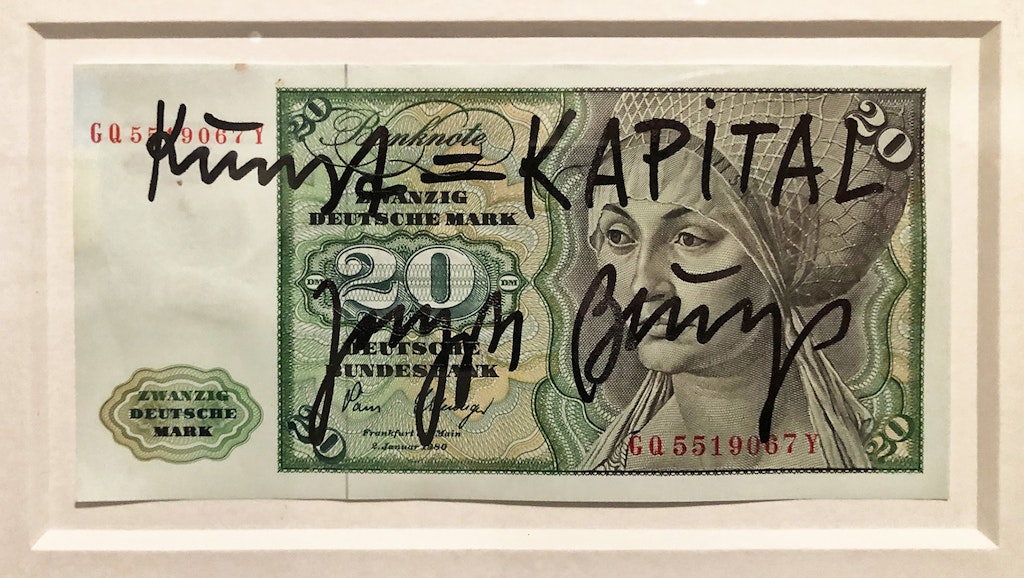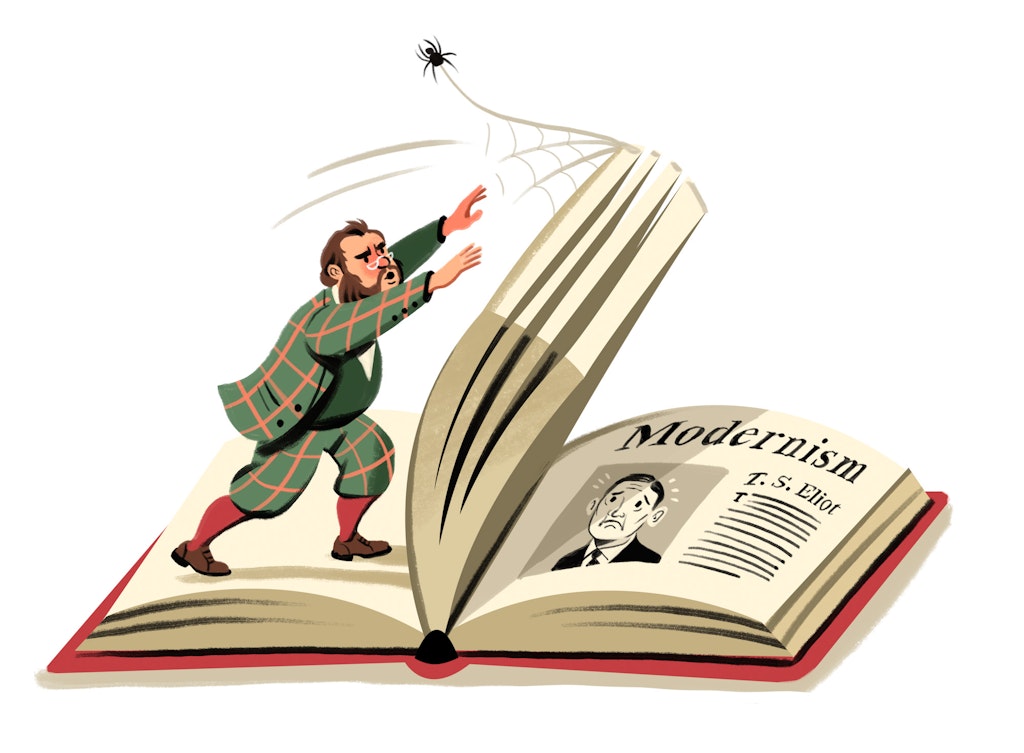Return of the Dance of Death
Coronavirus may be sweeping the world but we’ve been here before
To transpose the past onto the present is always a pleasing conceit. Imagining how the Victorians, or Stuarts, or Tudors might engage with the strange gadgets and foods and scenarios which we inflict on ourselves as part of the round of modern life is normally an exercise in Blackadderian whimsy. One subsection of our ancestors which it is slightly more troubling to imagine having access to the devices and cultural touchstones of our current age is those alive in the Medieval period. “Medieval”, as anyone unfortunate enough to have read the works of Stephen Pinker will know, is shorthand in many circles, particularly online, for bad and backwards.
Those who lived in the first few centuries of the second millennium would, if given the chance, be pardoners, using social media to venally line their own pockets with tales of false hope. Or else they’d be zealots, seeking to persecute wanderers from orthodoxy to the point of death if needs be, or perhaps simply online anchorites, blocking themselves off from any information that might disturb their vaunted inner peace — and no self-respecting modern would, of course, ever do any of that.
However there is one area of modern life that would be particularly baffling to the medieval mind, namely the response to the coronavirus outbreak. I do not mean the use of quarantine (the etymology of that word, after all, comes from the plague combatting measures of medieval Venice) nor the attempts to use what medical practices we have to stem the spread of the disease. What is a portable bottle of hand sanitiser but the herb-filled plague mask de nos jours? Rather, they would be flummoxed by the fact that there are those for whom the coronavirus is not so much a problem of public health but one of politics.
There is a critique of the Western response to the coronavirus doing the rounds of particular internet circles that contends the attention it is receiving is predicated entirely on the fact that “the rich may die” and therefore combatting it is being wrongly accorded more effort than the myriad ways in which the poor meet their maker.
In medieval times, disease was a considerably more common presence in day-to-day life than it is now. So too, unsurprisingly, was death. Death’s fickle swooshing of his scythe reached its apogee during the Black Death, the pandemic that ravaged Europe and Asia between 1346 and 1353, with societal effects that make coronavirus’s efforts look like a walk in the park.
One result was the development of the artistic trope of “The Dance of Death”, or Danse Macabre as it’s also known. The earliest known reference is in the 1376 poem Le respit de la morte and by the start of the 1400s, it was appearing in painted form across Europe. The premise to both the poems and paintings is that death leads people of all classes, popes and peasants, cobblers and kings, merchants and midwives, in a gruesome tango towards the eternal.
The rich and powerful are just as susceptible to this latest pandemic as they were to the mass disease outbreaks in medieval times
Such was the popularity of the trope — and, of course, the continued prevalence of people dying — that renditions of the Dance spread across Europe. Holbein’s series of woodcuts depicting figures being dragged off by skeletons to join the fun are considered by many as his masterpiece. Although it undoubtedly arose out of the seeming dominance of death in the medieval and early modern era, cultural fascination with the Dance continued well into the nineteenth and twentieth centuries.
Attempts to do it justice musically fascinated late romantic composers: Saint-Saëns’s Danse is a particularly fine example, with a single violin playing a series of scratchy intervals known by early musicologists as the musical Satan before breaking into a beguiling but haunting theme followed by suitably medieval quotations from Gregorian chant.
When it was first performed in 1874, it provoked anxiety attacks amongst Parisian audiences. In fiction too the Dance had its day — the most powerful scene in Joseph Roth’s Radetzky March is when a sparkling Viennese waltz morphs into a conga-like danse macabre, signalling the exact moment the Habsburg illusion crumbles.
The power of the imagery of the Dance was even recognised by the film industry. In the decades following the Second World War, when the Bomb threatened to carry off president and pauper alike, the dance received, tautologically, a new lease of life, with the release of Ingmar Bergman’s The Seventh Seal. The final scene sees the characters, including the late Max von Sydow’s chess-playing knight, being led in a long line dance by Death across the brow of a distant hill.
All this contrasts rather starkly to modern attitudes to death. Nowadays the dance is hardly ever heard at all; even the Grim Reaper, Death’s embodiment, is limited to appearances as a clunky metaphor in political cartoons and as harbinger of the end in the ever-popular Sims games.
Modern attitudes to death focus instead on denial of the obvious and seek to celebrate life. The morbid is banished, death is not mentioned, specially sanitised civil celebrants seek to affirm the continuation of earthly presence by reading poems, releasing doves, and pressing Play on recordings of “Always look on the bright side of life”.
Modern western cultures of death are less about accepting it as a great leveller and more about performatively denying its power with displays of the transitory and materialistic. In such a context, it is perhaps no surprise that the coronavirus has set people panicking about inequality, for it is hard for them to conceive of death as anything other than another consumer-focused and individualised expression of our living personalities. It’s tricky to time the release of doves at the side of a mass grave.
If we are looking for a helpful corrective to both politicking about the moralities of impending viral doom and the head-in-the-sand mawkishness of modern mortality, a rediscovery of the Dance of Death would be a good starting (and, indeed, ending) point. The coronavirus is an all too rare reminder of the fact that disease and mortality affects us all, albeit one that has been thrust rather rudely into our consciousness at short notice.
At the time of writing, those as confirmed as having died include not only the many thousands of Chinese and Iranians (often scraping existences unimaginable to anyone in the West), whose deaths are not even afforded the dignity of becoming statistics courtesy of their despotic regimes, but Italians, French, and Americans too. The Habsburg claimant to the Austrian throne is infected, as is at least one minister of the British Crown. Among those isolating on suspicion of infection include US Senators, a raft of senior medical practitioners, investment bankers, even an unnamed star of Coronation Street.
Despite online gripes, it is abundantly clear that the rich and powerful are just as susceptible to this latest pandemic as they were to the mass disease outbreaks in medieval times. For all our efforts to deny it, be they personal or political, the tune of the Danse Macabre is striking up once more. All this is not to glory in the probability of people dying as a result of disease. It is obvious that even our more morbid medieval forbears would have tried to escape the Dance if they could — indeed, in the text that often accompanied such images, the characters routinely try to defy the invitation to join the dance, with the pedlar attempting to bargain for goods, the king appealing to the power of his sword, and so on — but they knew that such offers were made in vain.
It raises the question: what would the participants in the twenty-first century dance offer their skeletal dance partners in order to save their lives? One can picture the influencer bargaining with the offer of engagement, the dietician vainly pressing a cannister of Huel into a bony hand, the film star failing to fob a selfie onto an unmoving skeletal grin. All these tokens — aspects of life we might want celebrating — would be offered in vain too.
Then again, for those of my profession, as for the majority of our medieval ancestors, death isn’t something to deny or to paper over the reality of. To us, death is, as the great Easter hymn (written by lifelong hypochondriac and death obsessive Christian Gellert) puts it, but the gate to life immortal. The loss of faith and the fear of death in the West have gone hand in hand, as we seek to sanitise our minds and our hearts from the germs of superstition. Ironically, however, such an attitude renders Death more powerful and us less in touch with reality. The Danse Macabre may be morbid, but it is more a statement of reality than any airy concept of calmly stepping into the next room.
In The Gondoliers, Gilbert and Sullivan’s operetta set in a plague-free Venice, the Grand Inquisitor brings a touch of reality to a situation tainted with rampant idealism when he sings: “Life is one closely complicated tangle, death is the only true unraveller.” Despite past and present presumptions of the simplifying power of the state or the market or sheer pig-headed human will, it may well be that we are again entering an age when we realise that the only thing capable of rationalising the complex and closely-knit maze of human relationships and setting them into an even line — albeit one silhouetted on a far-off hill — is death after all. Time to get our dancing shoes on.
Enjoying The Critic online? It's even better in print
Try five issues of Britain’s most civilised magazine for £10
Subscribe














